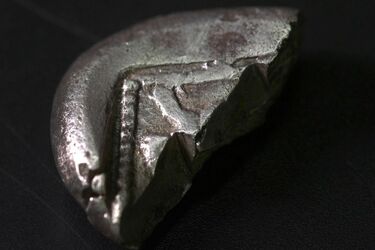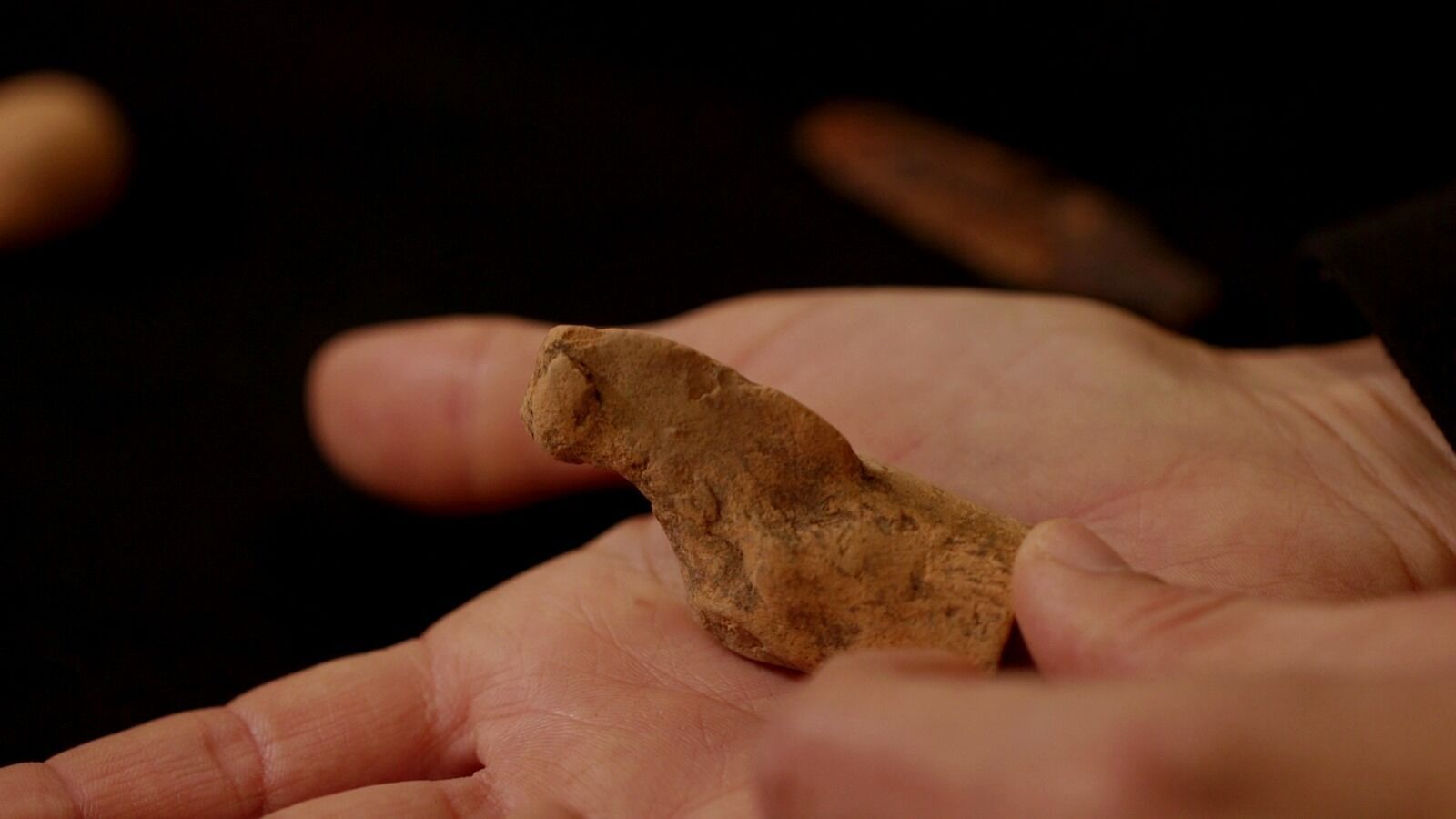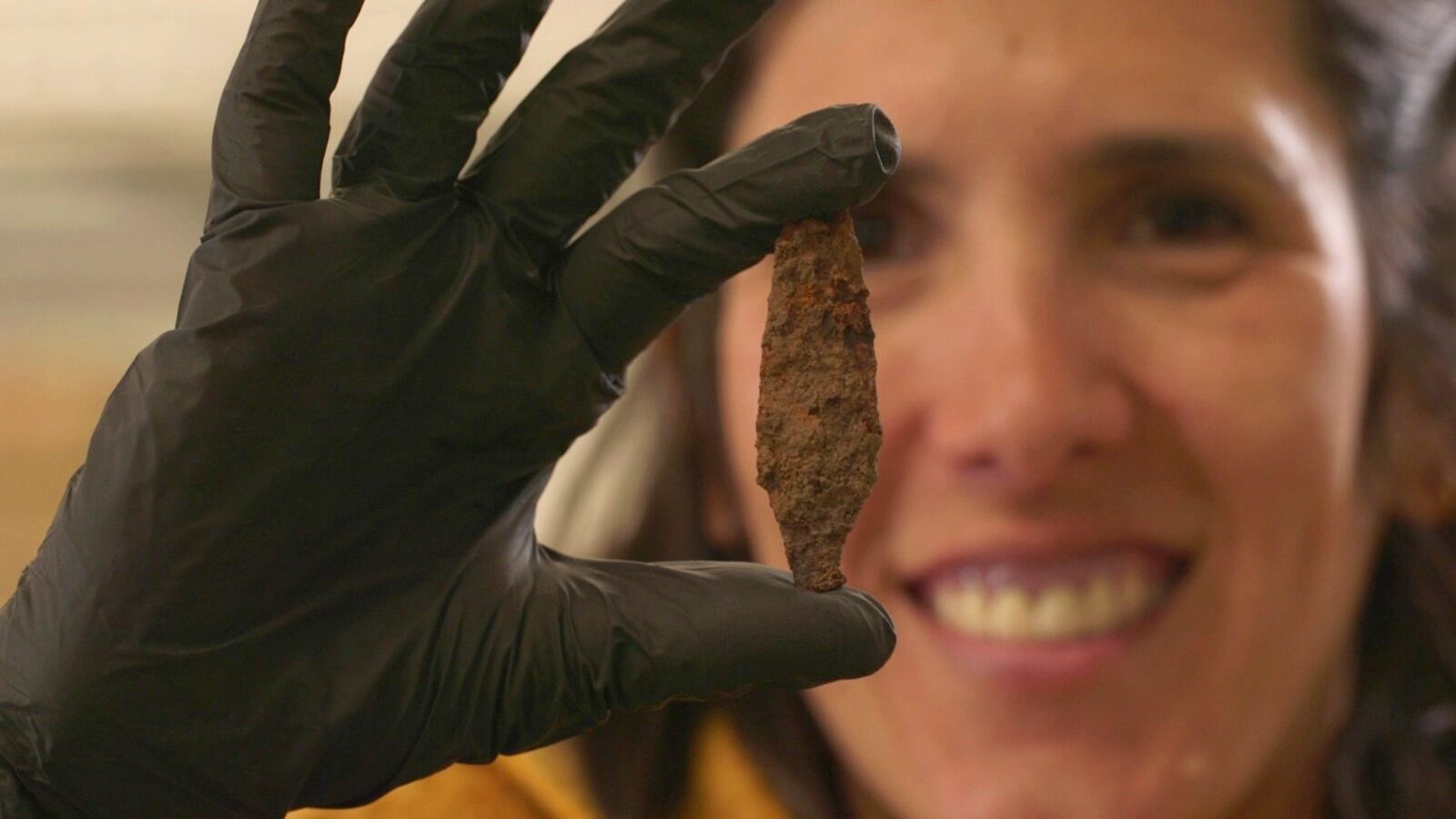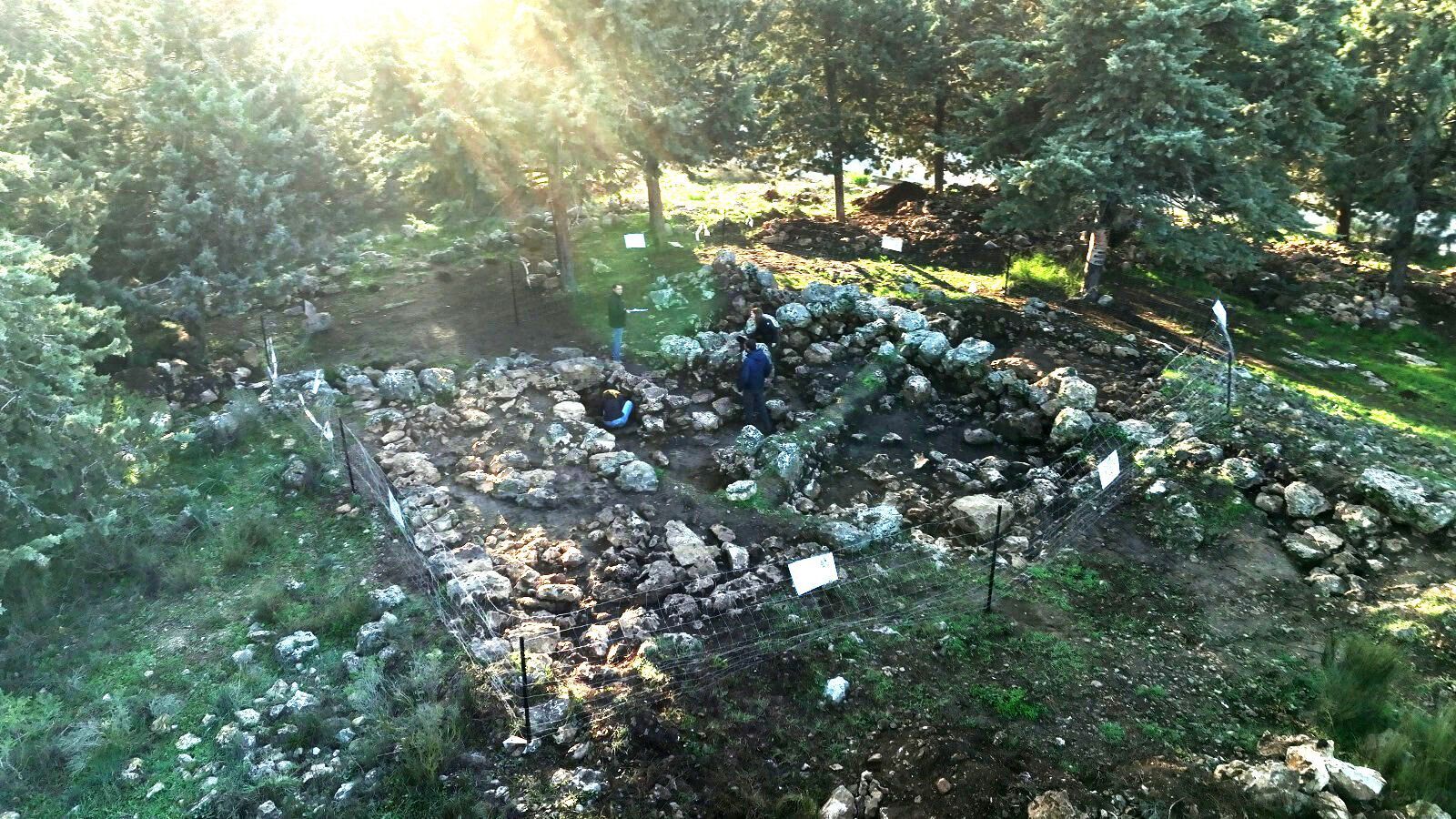Rare 2500-year-old silver coin found near Jerusalem (photo)

Archaeologists from the Israel Antiquities Authority (IAA) have discovered an extremely rare 2500-year-old silver coin dating back to the First Temple period.
The coin, which is believed to have been minted in the sixth or fifth century BC during the Achaemenid Persian rule over Judea, was deliberately cut in half, the Israel Antiquities Authority writes.
Also read: The face of a slave brutally murdered in Roman Britain 1700 years ago is recreated (photo)
Dr. Robert Kuhl, head of the IAA's numismatic department, said: "The coin is extremely rare, joining only half a dozen coins of this type that have been found during archaeological excavations in the country."




The coin was discovered during excavations that preceded the expansion of Route 375, about 10 miles southwest of Jerusalem.
Archaeological excavations have also uncovered the remains of a "four-room house," a typical dwelling of the period, indicating a settlement dating back to the seventh century BCE during the First Temple period. During the excavations, a spherical shekel weight weighing just under half an ounce was found in one of the rooms. This standardized weight highlights early evidence of organized commerce, which was likely used to weigh metals, spices, and other valuable goods.
According to Kuhl, these findings provide valuable insights into a transitional phase of trading practices in Judea, when trade moved from weighing silver coins to using coins. The first coins, originating in regions such as ancient Greece, Cyprus, and Turkey, began to appear in the land of Israel in the sixth and fifth centuries BCE.
The intentional cutting of the coin into two halves, a practice known as "hacksilver" or "hacksilbur," indicates that the general acceptance of coins was not yet widespread during this period.
Eli Escudo, director of the Israel Antiquities Authority, emphasized the importance of the visual details, inscriptions, and dates on these early coins as crucial sources of archaeological information.
Escudo noted: "Through an object as tiny as a coin, it becomes possible to trace human thought processes and observe that our economic habits have remained almost unchanged for thousands of years - only the technology has changed."
Further details of the excavations revealed a stone shekel weight of 11.07 grams, decorated with the ancient Egyptian (hieratic) abbreviation of the word shekel. Archaeologists Michal Mermelstein and Danny Benayoun, who led the excavation, explained that this weight served as a standard in the Kingdom of Judah, reflecting the careful measurement of goods in the markets.
Archaeological evidence suggests that the transition from precious metal trading to standardized coinage was a gradual and complex process.
As a reminder, a 9,000-year-old burial site was discovered in Brazil.
If you want to get the latest news about the war and events in Ukraine, subscribe to our Telegram channel!
